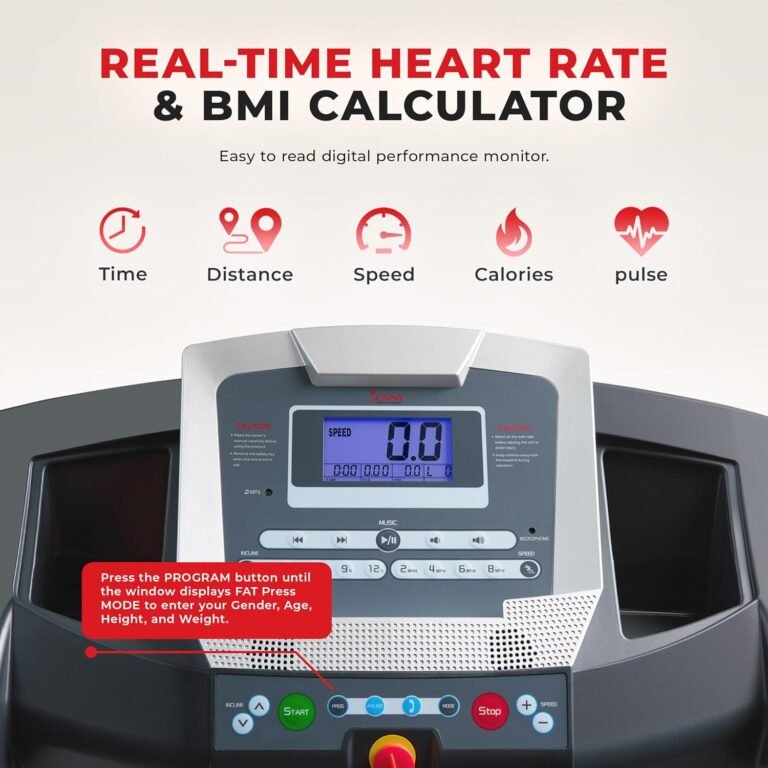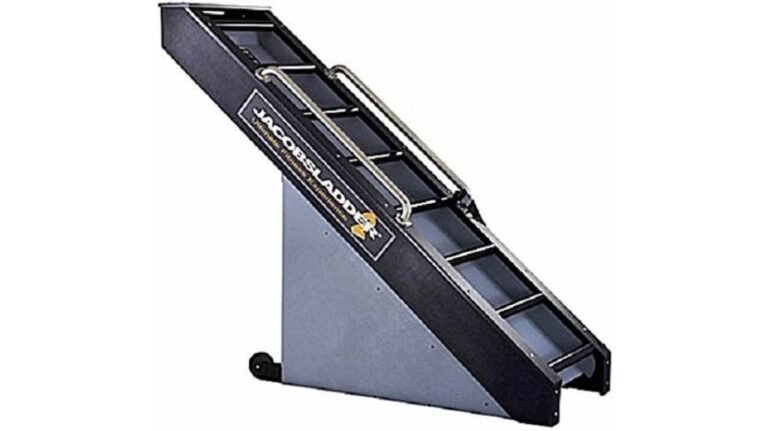The Role of Stretching in Fitness: A Comprehensive Guide
You might think of stretching as just a pre-workout ritual, but its significance goes far beyond that. From enhancing performance to preventing injuries, the role of stretching in your fitness regimen is pivotal.
But how do you ensure you're stretching effectively and efficiently to reap all these benefits? Let's unravel the complexities of stretching in a comprehensive guide that will equip you with the knowledge and tools to optimize your fitness routine.
Key Takeaways
- Stretching enhances performance, prevents injuries, and improves flexibility.
- Different types of stretching offer unique benefits for overall flexibility.
- Utilize various stretching techniques to target specific muscle groups effectively.
- Regular stretching reduces muscle tension, enhances joint mobility, and aids in injury prevention.
Benefits of Stretching
Stretching regularly offers numerous benefits to your overall fitness and well-being. One common misconception is that stretching only helps prevent injuries, but its benefits go beyond that. Stretching increases flexibility, which can enhance your range of motion during exercises and daily activities. It also improves blood circulation, helping deliver nutrients to your muscles and remove waste products more efficiently. Contrary to some stretching myths, it doesn't necessarily prevent muscle soreness but can help alleviate it by reducing muscle tension.
Another important aspect to consider is the difference between dynamic and static stretching. Dynamic stretching involves moving parts of your body and is ideal before a workout to prepare your muscles. On the other hand, static stretching involves holding a position for a set amount of time and is more beneficial post-workout to help muscles relax and recover. By incorporating a mix of dynamic and static stretching into your routine, you can maximize the benefits and debunk common stretching myths.
Types of Stretching
To effectively discuss the various types of stretching, it's essential to understand the distinctions between each method and how they can benefit your fitness routine. Proprioceptive neuromuscular facilitation (PNF) involves contracting and relaxing specific muscle groups to improve flexibility. Ballistic stretching uses bouncing movements to push muscles beyond their normal range of motion, increasing flexibility but requiring caution to avoid injury.
Active isolated stretching focuses on isolating specific muscles or muscle groups and using agonist and antagonist muscles to stretch effectively. Passive stretching, on the other hand, involves using external forces like gravity, a partner, or props to stretch muscles without engaging the opposing muscle groups actively.
Each type of stretching offers unique benefits, so incorporating a variety into your routine can enhance overall flexibility and range of motion. Remember to always warm up before stretching and to listen to your body to prevent overstretching. Experiment with different types to find what works best for you and your fitness goals.
Dynamic Vs. Static Stretching
Understanding the differences between dynamic and static stretching techniques can significantly impact how you prepare your body for physical activity. Dynamic stretching involves moving parts of your body and gradually increasing reach and speed, mimicking the movements you'll perform during your workout. On the other hand, static stretching involves holding a position to stretch a muscle without movement. Both have their places in a fitness routine, but dynamic stretching is generally recommended as part of a warm-up routine before physical activity, as it helps increase blood flow, improve flexibility, and enhance performance. Here is a comparison table to help you understand the key differences:
| Aspect | Dynamic Stretching | Static Stretching |
|---|---|---|
| Movement | Involves continuous movement | Involves holding a stretch position |
| Timing | Best suited as a warm-up before exercise | More effective post-workout for muscle recovery |
| Benefits | Improves flexibility and range of motion | Helps increase overall flexibility |
Incorporating dynamic warm-up exercises before your workout and static stretches after can help optimize your performance and prevent injury during physical activity.
Stretching for Flexibility
For enhanced flexibility and improved performance, incorporating a variety of stretching techniques into your fitness routine is essential. When aiming to achieve your flexibility goals, it's crucial to understand the principles of progressive overload to continually challenge your muscles and increase your range of motion. Here are some key points to consider:
- Stretching Techniques: Utilize a mix of static, dynamic, and proprioceptive neuromuscular facilitation (PNF) stretches to target different muscle groups and enhance overall flexibility.
- Progressive Overload: Gradually increase the intensity, duration, or frequency of your stretches to stimulate adaptation and further improve flexibility over time.
- Flexibility Goals & Measurement Techniques: Set specific flexibility goals, such as touching your toes or achieving a full split, and track your progress using tools like the sit-and-reach test or goniometer measurements.
Stretching for Injury Prevention
Incorporating stretching exercises into your fitness routine can be a key strategy for preventing injuries and maintaining optimal physical health. Stretching helps in preventing strains by increasing the flexibility of muscles, tendons, and joints, which reduces the risk of overstretching or tearing tissues during physical activities. Moreover, regular stretching aids in improving recovery by enhancing blood circulation to the muscles, facilitating the removal of metabolic byproducts that contribute to muscle soreness post-exercise.
To further understand the benefits of stretching for injury prevention, let's take a look at the table below:
| Stretching Benefits for Injury Prevention | Description | Examples |
|---|---|---|
| Reduces muscle tension | Helps muscles relax and stay supple | Hamstring stretch |
| Enhances joint range of motion | Improves flexibility and mobility | Shoulder circles |
| Improves muscle coordination | Aids in proper muscle activation | Leg swings |
| Boosts circulation | Increases blood flow to muscles | Calf stretch with toe point |
Stretching for Performance Enhancement
To maximize your physical performance potential, consider integrating targeted stretching exercises into your fitness regimen. Stretching for performance enhancement involves utilizing specific stretching techniques and maintaining mental focus to push your body further. Here are three key aspects to focus on:
- Stretching Techniques: Incorporate dynamic stretching into your warm-up routines to improve flexibility and range of motion. Dynamic stretches involve moving parts of your body and gradually increasing reach and speed to prepare your muscles for activity.
- Mental Focus: Use stretching protocols that encourage mindfulness and concentration. Visualize your performance goals while stretching to enhance mind-body connection. This mental focus can help improve your overall performance and keep you motivated during workouts.
- Warm-Up Routines: Implement dynamic warm-up routines that include stretching exercises targeting the muscle groups you plan to engage during your workout. Warming up properly can help prevent injuries and ensure optimal performance during your fitness sessions.
Best Practices for Stretching
When it comes to optimizing your stretching routine, focusing on proper form tips, duration, and frequency are key. Ensuring you execute each stretch correctly helps prevent injury and maximizes the benefits for your muscles.
Proper Form Tips
Optimizing your body alignment during stretching ensures maximum effectiveness and minimizes the risk of injury. To make sure you're getting the most out of your stretches, here are some proper form tips to keep in mind:
- Avoid common mistakes: Watch out for arching your back, bouncing, or holding your breath during stretches; these can lead to strain and reduced effectiveness.
- Focus on alignment: Keep your body in proper alignment by engaging your core and maintaining good posture throughout the stretch.
- Incorporate advanced techniques: Once you've mastered the basics, consider exploring advanced techniques like PNF stretching or dynamic stretching to further enhance your flexibility and range of motion.
Duration and Frequency
For effective stretching, ensure you maintain proper duration and frequency to promote flexibility and prevent injury. When it comes to stretching frequency, aiming for at least 2-3 days per week is optimal. Consistency is key in reaping the benefits of improved flexibility and reduced muscle tension.
Each stretching session should last around 10-30 seconds per stretch. Research suggests that holding a stretch for 15-30 seconds is effective in improving flexibility. Remember, quality over quantity is crucial. It's better to perform fewer stretches with correct form and duration than rushing through numerous stretches.
Stretching Routines for Different Fitness Levels
To tailor your stretching routine to your specific fitness level, consider incorporating variations that suit your current physical capabilities. Here are some tips to help you adjust your stretching routine based on your fitness level:
- Beginner Modifications: If you're new to stretching or have limited flexibility, start with simpler stretches that target major muscle groups. Focus on holding each stretch for a shorter duration and gradually increase the time as you become more comfortable.
- Advanced Variations: For those with a higher fitness level and greater flexibility, advanced stretching techniques such as dynamic stretching or PNF stretching can be beneficial. These techniques involve more complex movements and can help improve range of motion and muscle elasticity.
- Individualized Progressions: It's essential to listen to your body and progress at your own pace. Gradually increase the intensity and duration of your stretches as your flexibility improves. Remember, it's important to challenge yourself while still respecting your body's limits.
Incorporating Stretching Into Your Workout
Incorporate stretching into your workout routine to enhance flexibility, prevent injury, and improve overall performance. To get the most out of your stretching sessions, consider incorporating various stretching techniques and warm-up strategies. Dynamic stretching before your workout helps to increase blood flow to the muscles and prepares them for the activity ahead. After your workout, static stretching can help improve flexibility and reduce muscle soreness.
When it comes to equipment, you don't need much to start stretching effectively. A yoga mat or a soft surface can provide the necessary support. Additionally, using props like yoga blocks or resistance bands can enhance your stretching routine by allowing you to deepen your stretches safely.
Remember to focus on your breathing during stretching exercises. Deep, rhythmic breathing can help relax your muscles and allow for a greater range of motion. Incorporating proper breathing techniques can also help you stay present and mindful during your stretching routine, maximizing its benefits.
Conclusion
In conclusion, stretching plays a crucial role in your fitness routine. By incorporating different types of stretching, you can improve flexibility, prevent injuries, and enhance your overall performance.
Remember to always listen to your body and adjust your stretching routine accordingly. So, whether you're a beginner or a seasoned athlete, don't forget to make stretching a priority in your fitness journey. Your body will thank you for it in the long run.







